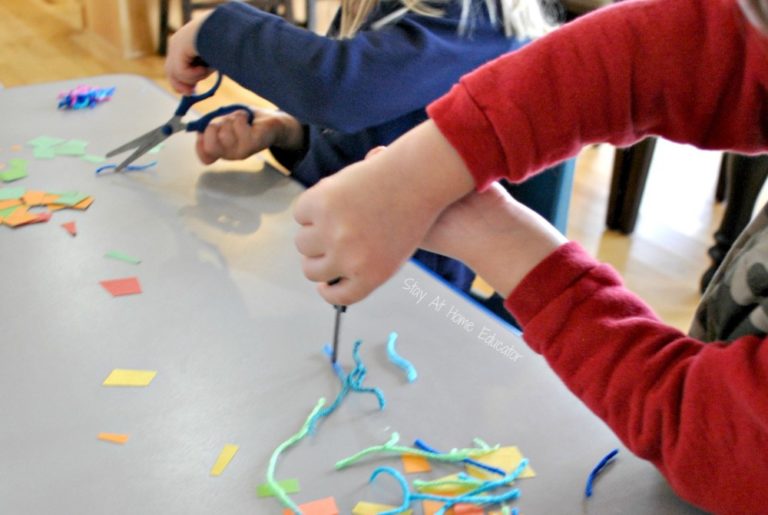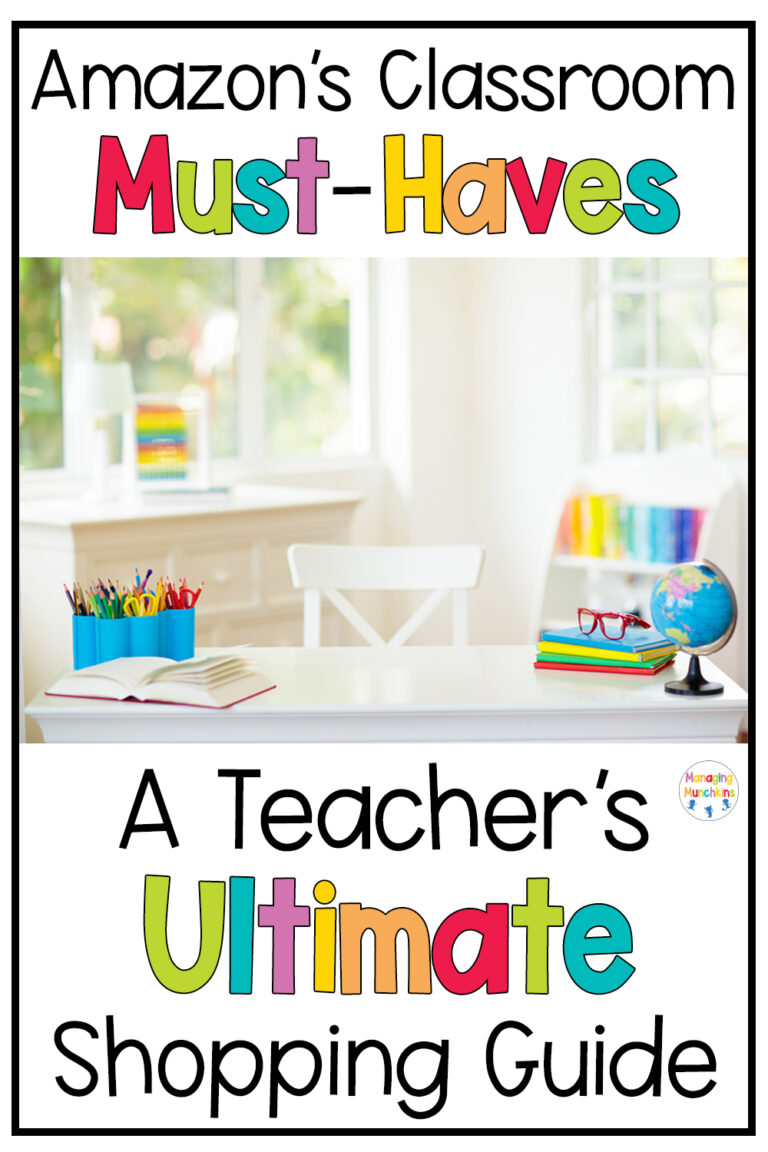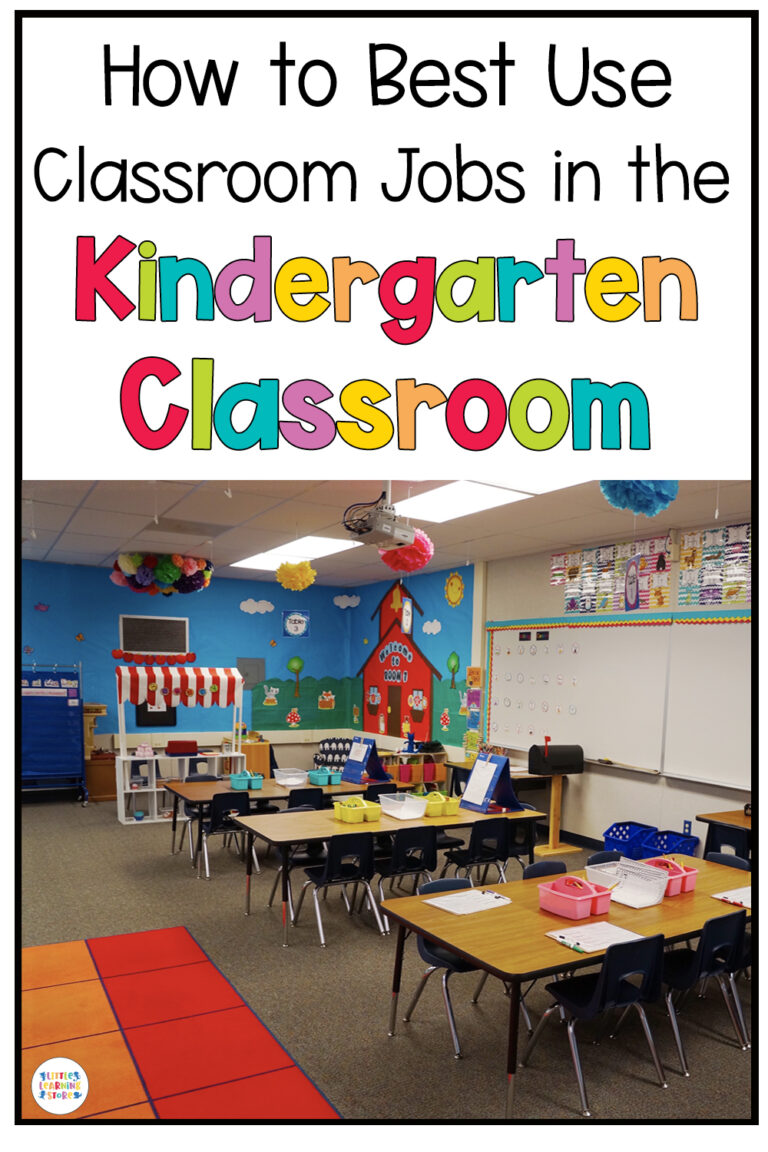Best of All Time Social-Emotional Learning Activities
As a kindergarten teacher, we know that our job involves more than just lesson plans and classroom routines. It’s about shaping both little minds and hearts. We also know that the early childhood years are a pivotal time in a child’s life as they begin to navigate the world of emotions, relationships, and self-awareness.
In kindergarten classrooms, social-emotional learning (SEL) is absolutely essential. These skills help develop students into becoming well-rounded and emotionally healthy individuals.
Before we jump in it’s important to ask, “what is a social emotional learning activity?”
A social-emotional learning (SEL) activity is an exercise designed to help students develop essential skills related to their social and emotional well-being. These activities are intended to promote self-awareness, self-regulation, empathy, interpersonal skills, and responsible decision-making.
SEL activities are valuable in both school and non-school settings and can contribute to personal growth, improved relationships, and better overall mental health, something we are seeing more and more children in need of.
Let’s dive into why SEL matters in kindergarten and discover some awesome social-emotional activities that help our kiddos grow and thrive.
Best of All Time Social-Emotional Learning Activities
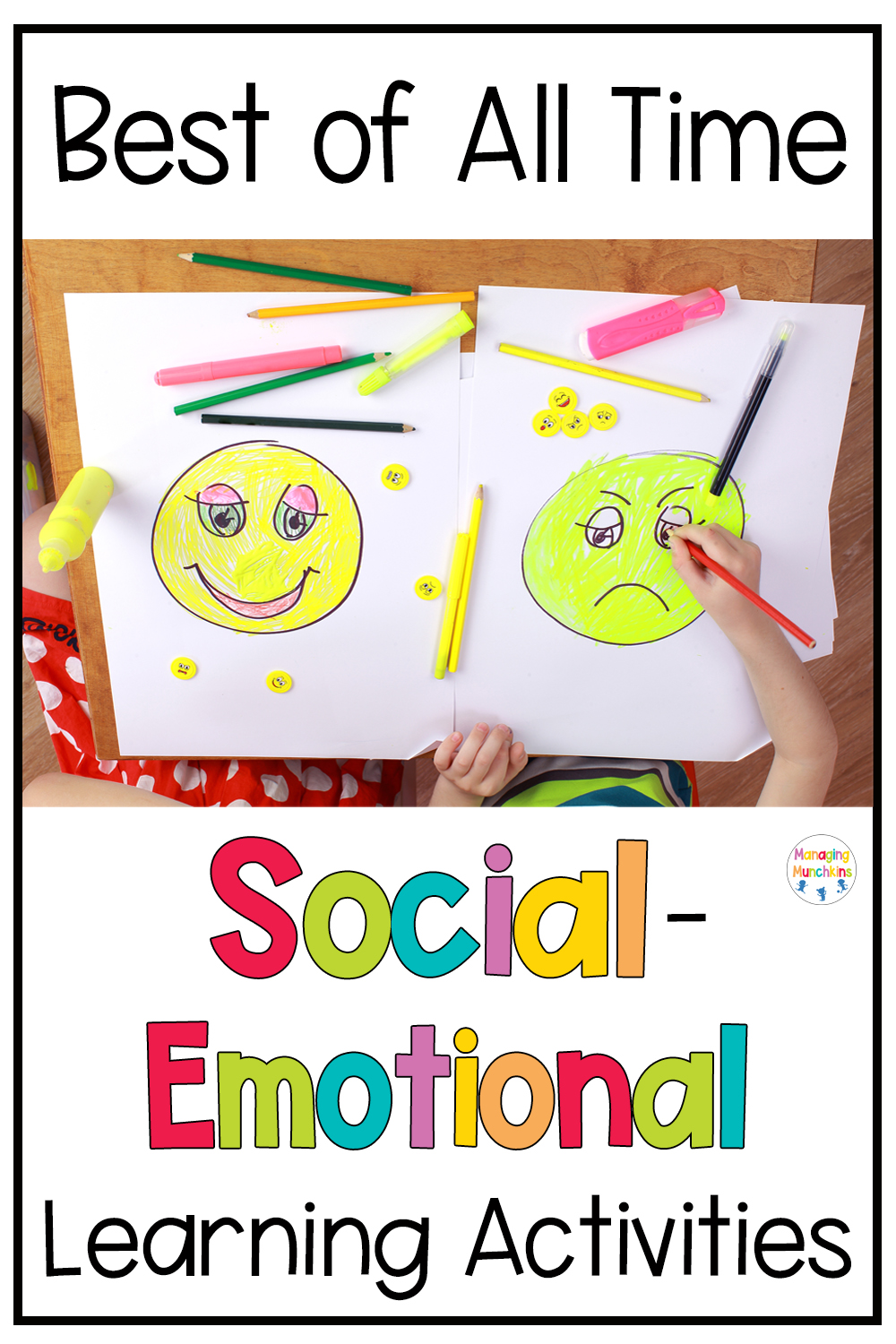
1. Daily Check-In:
At the beginning of each day, students greet the teacher and then share how they’re feeling by looking at a feelings poster. This daily check-in begins to help students understand their emotions and express them in a healthy way.
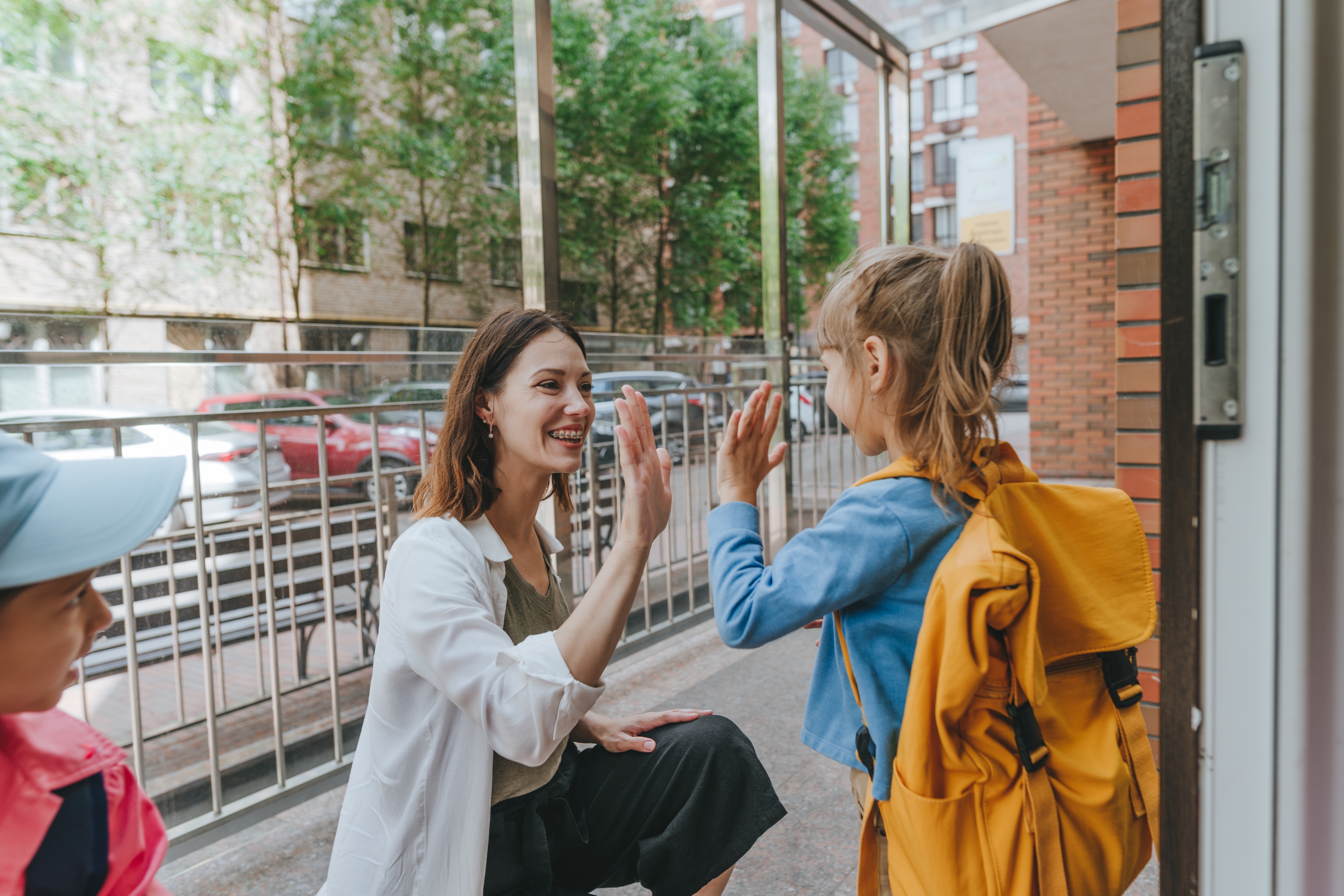
2. Daily Check-Out:
Students reflect on their feelings as they leave for the day by looking at the feelings chart. This encourages self-awareness and reflection as kiddos begin to see that feelings come and feelings go and they can change throughout the day.
3. Emotion Matching Game:
In this game, students match cards with facial expressions to the corresponding expressions. This activity enhances emotional recognition and vocabulary.
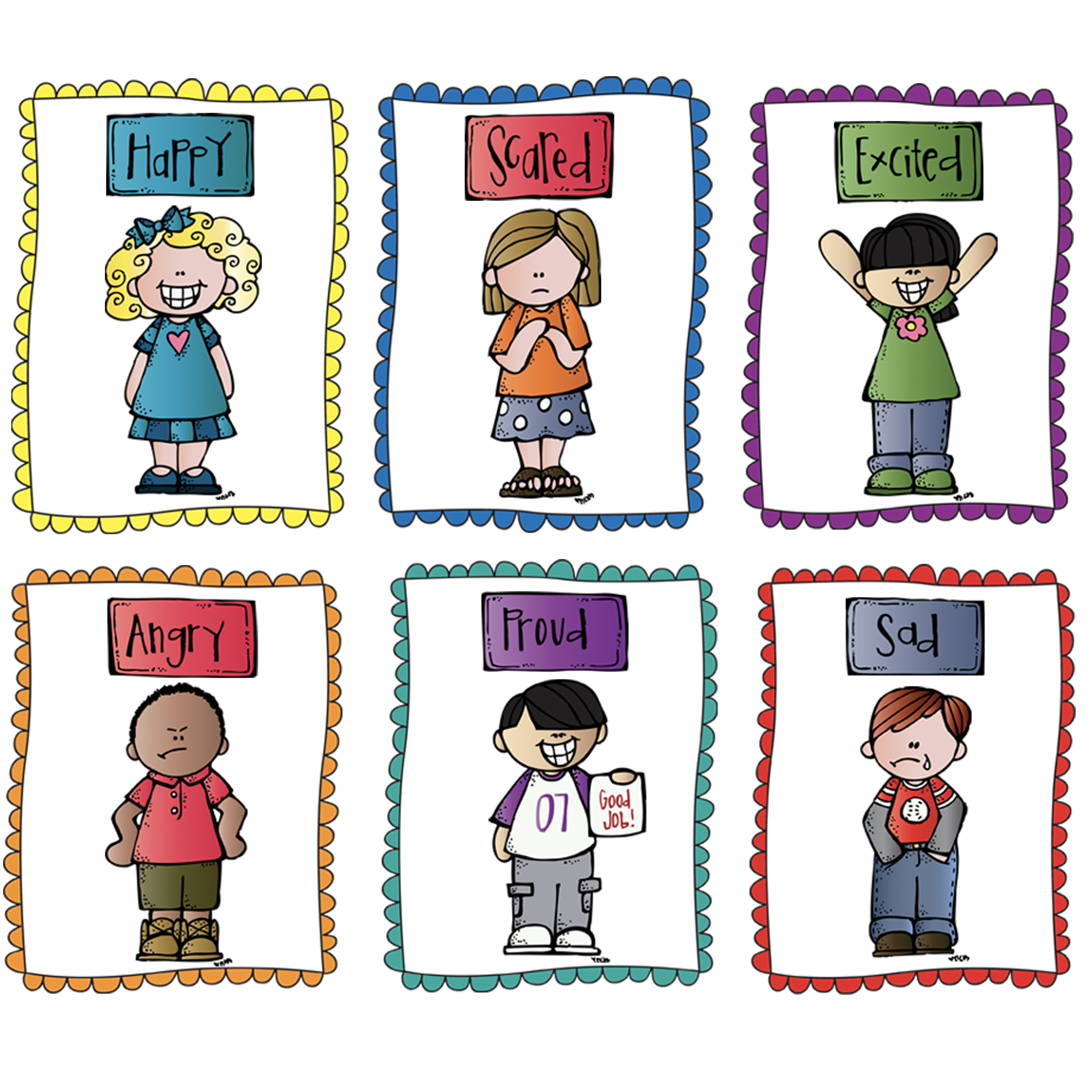
4. Feelings Sorting Game:
Students categorize emotion cards into groups like “happy,” “sad,” “angry,” and “excited.”This sorting game promotes understanding and categorization of different emotions.
5. Read “The Way I Feel” and Discuss:
“The Way I Feel” explores a wide range of emotions and situations that bring about those emotions. It’s a great book that encourages emotional exploration and sparks conversation about feelings.
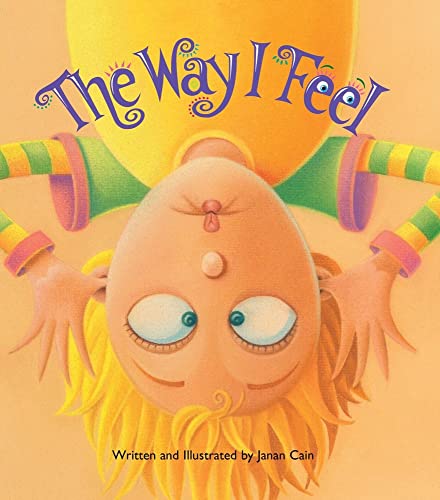
6. Monthly Homework Calendar with SEL Activities:
Implementing this calendar is easy: Each month, send it home with students, encouraging families to engage in the listed activities together. Whether it’s discussing feelings, practicing empathy, or engaging in acts of kindness, this approach fosters meaningful connections between home and school.
7. Show and Tell:
The OG of social-emotional learning! Years ago, kindergarten was much more about learning social and emotional skills, and show and tell was a MAJOR part of that. This activity is simple, students bring items from home to share with classmates. This activity enhances communication skills and allows self-expression while helping students to find connections with one another.
8. Pretend Play:
Pretend play is absolutely essential for kindergarten and students should be given time and space to do so every day. When students engage in imaginative play with props and scenarios they are practicing creativity, empathy, and the understanding of different perspectives.
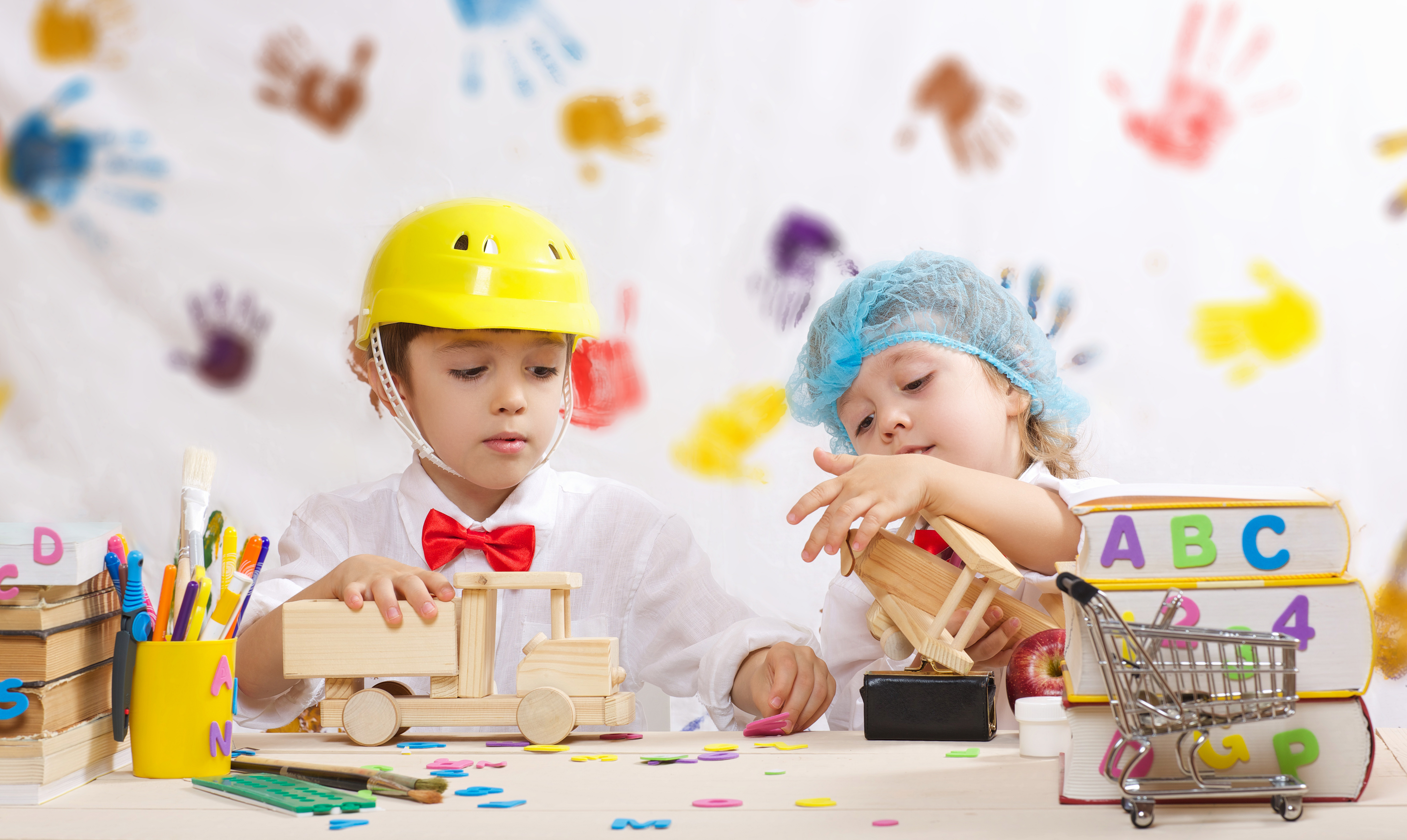
9. Kindness Chain:
Create a paper chain using strips of colorful construction paper. Whenever a student performs an act of kindness, have them draw a picture of what happened, and add it to the class kindness chain. This is a great way to promote acts of kindness and a positive classroom environment.
10. Acting Out Scenarios:
Another way to practice social-emotional skills is by role-playing or acting out different scenarios to practice empathy and conflict resolution. For example, two students come up in front of the class and act out a scenario of one student pretending to get hurt and the other student helping them and getting them a band-aid. You can also ask the rest of the class what ways the student can help the student that is hurt. This encourages problem-solving and helps students practice empathy.
11. Conflict-Resolution Activity – Helpful and Hurtful Choices Sorting:
Use visual cards to have students sort scenarios into categories of “helpful” and “hurtful” choices (e.g., sharing toys vs. pushing someone). This activity teaches students about making positive choices and resolving conflicts.
12. Calm Down Corner Activities:
Comfortable seating, fidget toys, a feelings anchor chart, and calming jars are all great activities to have in a calm-down corner. By creating a designated space with calming activities for self-regulation, you’re providing a safe space for students to manage their emotions and regain focus.
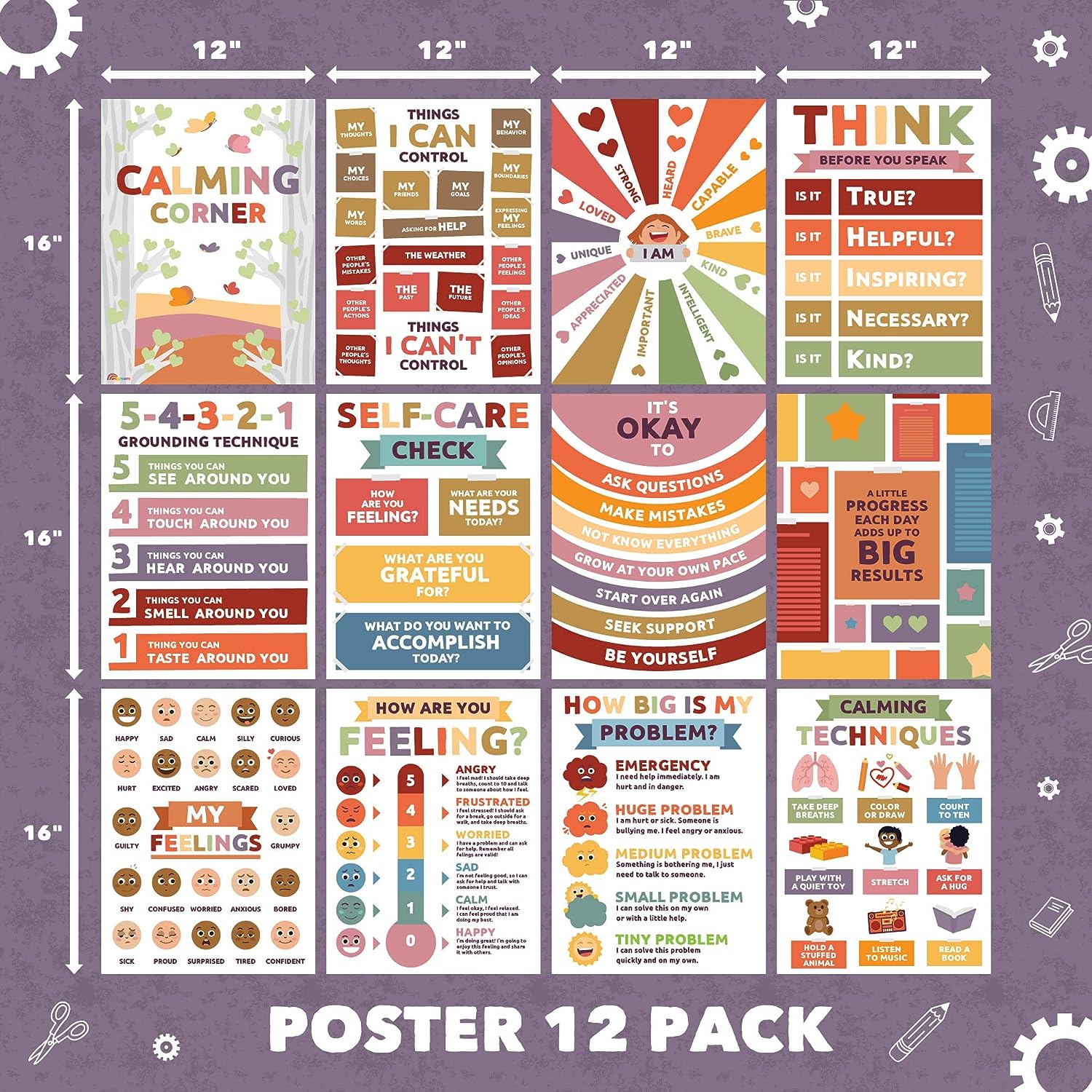
13. Character Education:
One of my favorite social-emotional learning activities is character education. Each month, focus on a different character trait, like honesty and empathy. This helps to instill values and encourages good behavior.
14. Self-Control Activity:
Teach students how to practice self-control by practicing strategies like deep breathing and counting to 10. It’s also helpful to remind students who struggle with self-control, that we need to stop and think “Is this a good idea?” Reminding students to pause before they act can make a big difference in preventing disruptive behavior.
Grab the “Smell the Flowers, Blow Out the Candles” freebie below to help support students with deep breathing!
15. Gratitude Journals:
Give each student a personal journal and each day have them draw a picture of something they are grateful for that day. This teaches students to cultivate an attitude of gratitude and positive thinking.
16. Kindness Bingo:
Have a bingo card for each student with a picture of an act of kindness. Every time a student does an act of kindness on the card, they can cross out that picture. Once complete, celebrate the students’ success by giving a big verbal praise/celebration and share their success with the rest of the class.
17. Weekly Class Yoga:
Incorporating weekly yoga sessions can help teach relaxation and self-awareness while also promoting mindfulness.
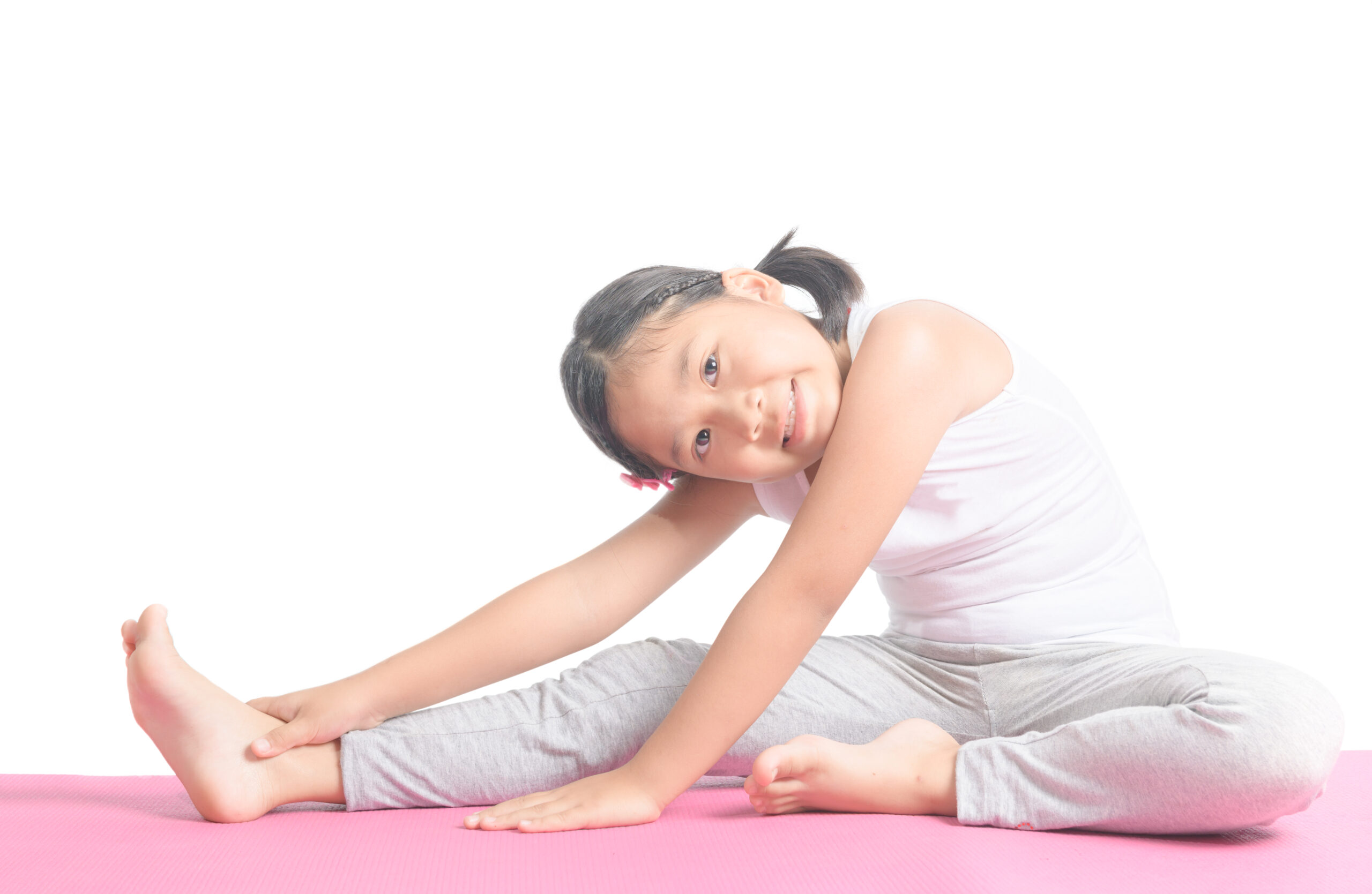
18. Feelings Charades:
Have students take turns acting out emotions (e.g., happiness, sadness, anger) without using words. Their classmates guess the emotion being portrayed. This encourages students to recognize and express their emotions while enhancing empathy for others.
19. Reading Buddies:
Try reaching out to an upper-grade teacher (second or third is a great age). Pair older students with younger ones for shared reading and discussions.
20. “The Empathy Chair”:
Designate a special “Empathy Chair” in the classroom. When students have conflicts, they can sit in the chair and share their feelings, while classmates practice active listening and empathy.
In a Nutshell:
Incorporating these timeless social-emotional activities into your kindergarten classroom not only supports the development of emotional intelligence but also creates a nurturing and inclusive learning environment where students can thrive socially and academically. These activities are essential building blocks for a child’s social and emotional growth. So try them out and have fun with it! Happy Teaching!

